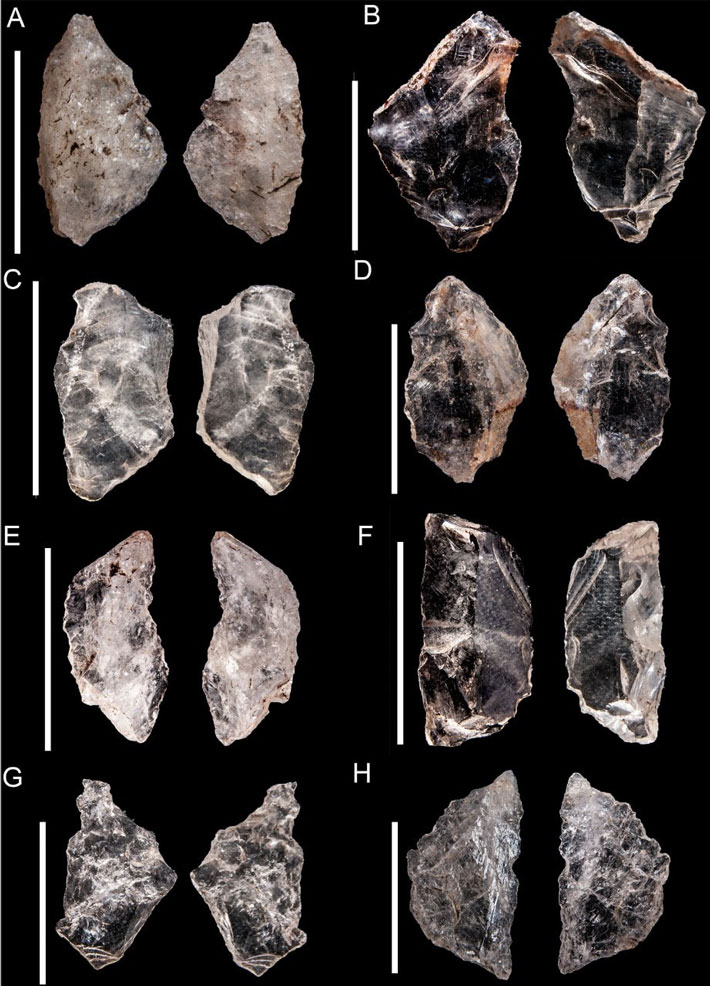
SYDNEY, AUSTRALIA—According to a statement released by the University of Sydney, populations of early humans living in southern Africa some 65,000 years ago shared information with each other. An international team of researchers led by Amy Way found that tools known as Howiesons Poort blades, which were used for cutting wood, plants, bone, skin, feathers, flesh, and in hunting technology, were all made in a similar shape across the different environments of the region. Way and her colleagues suggest this similarity was brought about by communication and cooperation between various groups of people. Such social connections may have even assisted the large migration out of Africa some 60,000 years ago, Way postulated. Team member Paloma de la Peña of Cambridge University added that tool shape may have also been influenced by changes in climate across southern Africa that occurred at the time. Read the original scholarly article about this research in Scientific Reports. To read about the discovery of possible intentional burials made by Homo naledi in South Africa's Rising Star cave system, go to "Cradle of the Graves."











